Gluten sensitivity is a type of chronic food allergy that accompanies a person since childhood, and gluten is a type of protein found in wheat and some types of grains such as barley and brown oats and another type of wheat called rye used in preparing flour. Gluten is the substance responsible for fermenting flour and giving it a chewy, chewy character. Symptoms of gluten sensitivity appear in many cases, such as abdominal pain, headache, intestinal upset, diarrhea, and flatulence when these foods are consumed.Gluten-free foods and products have become preferred by many people, and they are not necessarily those with gluten sensitivity or what is known as celiac disease, as some prefer them for diet purposes and for more healthy food options. Gluten-free products are available in major food stores and specially formulated to meet the needs of those with gluten sensitivity.
How to avoid gluten in your favorite recipes
Check the information
Since gluten is found in so many different foods, there is a lot to learn if you want to avoid it. Try not to confuse wheat-free with gluten-free. A product labeled wheat-free can contains gluten in the form of grains such as rye, barley, and oats, all of which contain gluten. Additionally, a gluten-free product may contain proteins that are unsuitable for those with a wheat allergy. There is no consistent definition of what the term gluten-free means. However, there is an international standard for gluten-free products produced from grains that contain gluten. This is Codex Alimentarius, and products are allowed to be labeled gluten-free if there is less than 200 parts per million of gluten in the final product. Many manufacturers follow this standard.
Gluten free do not naturally contain gluten. This will allow a product to be labeled “gluten-free” if there are less than 20 parts per million of gluten in the final product. It is not always possible to make products completely gluten-free, because trace amounts of foods containing gluten can go into these products when they are manufactured or transported. However, 20 parts per million is a very low level.
Read the packaging
Prepackaged foods sold in the European Union are required to clearly state on the label if any of their ingredients contain sources of gluten. This applies even if the sources are specially processed to remove gluten. This EU regulation applies only to cereals and other foods that contain gluten such as some glucose syrups and do not need to be identified as sources of gluten. You can check out many processed foods and their individual ingredients by searching online.
Knowing which foods to avoid
Always avoid the big four culprits of gluten: wheat, rye, barley, and triticale. Avoid it in all cases, whether you have a gluten sensitivity or celiac disease. The wheat to be avoided includes kumut and spelt. Rye contains secalin protein and it is a form of gluten. Triticale is a mixture between rye and wheat, which was actually a hybrid designed in laboratories in the late 1800s. Barley is the last big gluten grain to avoid. It is usually prepared in meals and used in the production of alcohol and other things.
Be careful about sweets
Although some of them may be good, check the desserts every time. Meringues, jellies, and most ice creams and sodas will be fine, but unless they are specifically labeled gluten-free, cheesecakes and waffles will not be good for you. Nuts, raisins, and seeds are all naturally gluten-free, but check for any added toppings and check out all of the packages for crisps and other tasty snacks. Each one can be fooled by these items, especially when recipes change. Therefore, check each label due to contamination issues.
Be careful what you drink
Coffee, tea, juices, cocoa, soft drinks and most zucchini are good. Make sure it does not contain malt or cloudiness, and do not drink drinks from vending machines. Pure fruit juice does not contain gluten, only flavor and vitamins. Be careful about juices, sometimes these are just fruit juice and yogurt but sometimes they contain other ingredients, so be sure to check. Regular tea is gluten-free, as are any milk or sugar you add, but beware of drinks from vending machines, as there may be cross-contact with other products. Herbal or fruit teas and infusions may be gluten-free.

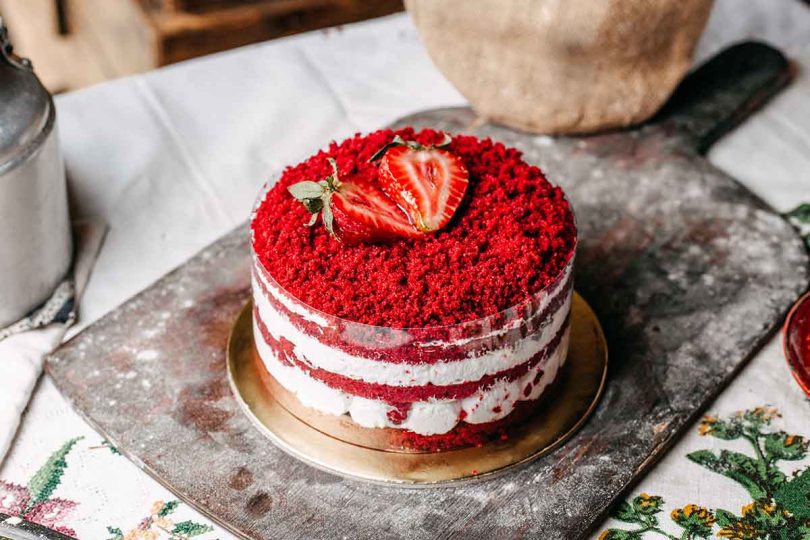
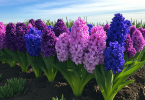
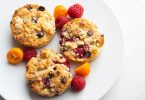
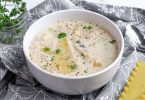
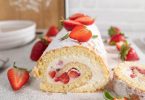
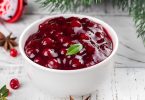
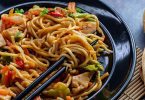
Leave a Comment